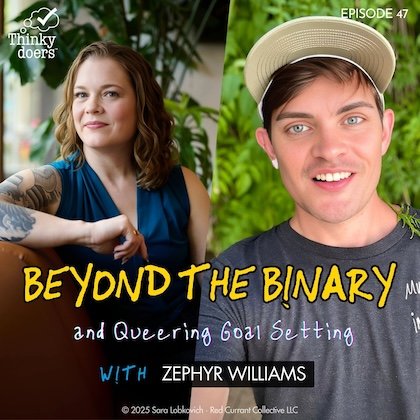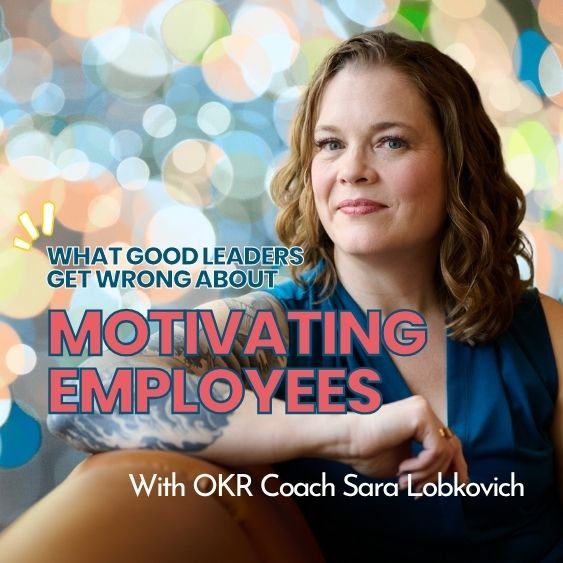
Welcome to the No-BS OKRs™ Blog
Here, you’ll find resources we create to help teams create, implement, and operationalize No-BS OKRs™ (called Evolutionary OKRs® in some workplaces) to set clear goals, stay focused, and build cultures of growth, learning, and high performance.
Featured No-BS OKRs Posts
Newest Thinkydoer Podcast Episodes
Posts by Category
Principles of No-BS OKRs
Leadership + Management
All posts about Leadership & Management →
Strategic Planning
All posts about Strategic Planning & Goals →
OKR FAQs
All No-BS OKRs FAQs →
OKR Coaching
All posts about OKR Coaching →

OKRs in Context: Do OKRs co-exist with other methodologies?
One of the first jobs to be done when implementing (or rebooting) OKRs is to identify how they fit into an organization’s existing planning “stack” and get clear about what job they’re being hired to do.
This is an excerpt from an early draft of Sara’s upcoming book, You Are A Strategist.
You’ll be introduced to the first of three models that Sara uses every day in her work with organizations implementing OKRs: the Connected Strategic® Implementation Stack.

The Connected Strategic Implementation Stack
The Connected Strategic Implementation Stack is a framework that helps us understand where OKRs may fit into an organization's existing operating Stack; and, spot what gaps they may fill in connecting what we do, to what's strategically most important.

The Connected Strategic™ Stack
Every organization has a strategic implementation stack (and some have more gaps and holes than others).
Start here to assess your organization’s, then craft a plan to fill the most important gaps to help your organization connect implementation to strategy.















The #1 question organizations ask about OKRs? "How do we cascade them to every team and person?" After training 2,000+ OKR coaches across 300+ organizations, my answer is controversial: You don't. Traditional OKR cascading creates a "mathematical nightmare"—turning 4 company objectives into 100+ unmanageable goals. There's a better way: flexible localization that helps teams align through a simple 3-question framework without drowning in complexity. Learn why cascading fails, when teams need different goal tools, and how to implement team OKR alignment that actually works.